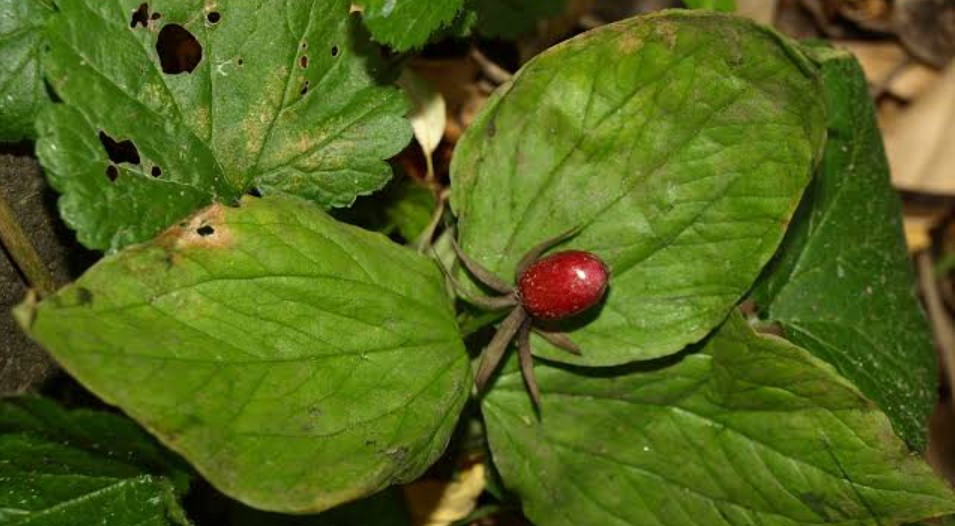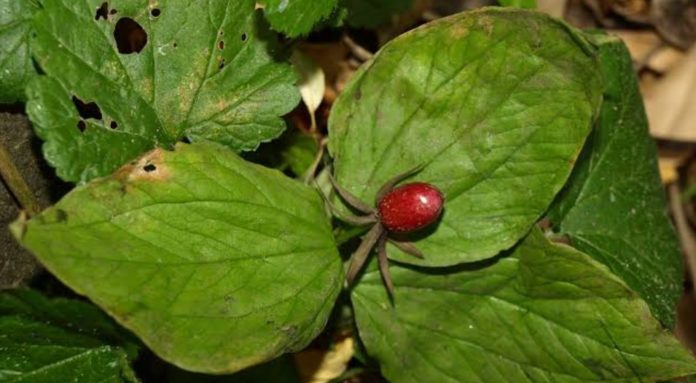SRINAGAR: The Ustul plant, scientifically known as Taxus wallichiana and a crucial component in cancer treatment, is facing the looming threat of extinction in the Kashmir Himalayas.

Dr Akhtar Malik, a scientist from the University of Kashmir’s Department of Botany, told the news agency KNO that the plant belongs to the gymnosperms group and is locally known as Ustul, Birmi, or thunner among tribal communities.
He explained that its sister species, Taxus Bacata, initially found in Europe, was discovered to have cancer-treating properties. Taxol, extracted from both Taxus Bacata and Taxus wallichiana, serves as an anti-cancer drug administered to patients.
The Ustul plant, also known as Himalayan yew, came into the limelight after it was found that it is useful for the treatment of cancer,” Dr Malik said, adding, “Firstly it was found that taxol is being obtained from the bark of the tree; however, later it came to the fore that the needles (leaves) of the tree contain taxol, which is a crucial component.”
Despite being smaller in size compared to other trees, the Ustul tree, primarily found between 2200-3000 metres above sea level, has faced challenges due to its increased global demand, he said.
However, as its demand increased in global markets, smuggling of the bark of this tree started, leading to the death of hundreds of trees, which reduced its population, the scientist said, adding that due to smuggling, overgrazing, land change and other issues, the number of this tree decreased.
He added that the local people involved in its smuggling are getting peanuts but brokers are earning good money in international markets.
The International Union for Conservation of Nature (IUCN) has declared the Ustul tree endangered, Dr Akhtar said.
He said that if proper measures are not taken in the future, the tree could become critically endangered and then become extinct.
The Department of Botany University of Kashmir is working on tissue culture while the Department of Forest is working on large-scale plantation to protect this endangered tree, the scientist added. (KNO)


